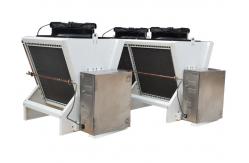Closed Circuit System Free Cooling Fluid Cooler With Spray Water System
|
|
Closed Circuit System Free Cooling Type Fluid Cooler With Spray Water System
What is closed-loop dry cooling system?
The strength of a closed-loop dry cooling system is that the unit is very simple and relatively easy to install. The energy requirements are relatively low and it is easily controlled. Maintenance is normally low requiring only periodic inspection, lubrication, and testing of the fluid.
The weakness of a closed-loop dry cooling system is that it is dependent on the atmospheric dry bulb. For example, if your location’s design dry bulb is 100 F in the summer and your equipment requires 90 F coolant; at best the system can only supply around 105 to 110 F coolant to the load. In this case you would need supplemental cooling to get the coolant temperatures down to 90 F.
The closed-loop dry cooling system also requires free clear air to work efficiently. This means that the fluid cooler must be placed in a location that is not affected by the prevailing winds, not too close to a building that will allow the warm exhaust air from the fluid cooler to be recirculated back to the fluid cooler, and finally not in a location that has heavy concentrations of dust, dirt, leaves, seeds, etc.
Many times the best location for the fluid cooler is on the roof. Since the fluid cooler is located outside the coolant must also have a concentration of some type of glycol to prevent freezing if your location has a design dry bulb in the winter that dips below freezing. If the location is very cold, the concentration of glycol may need to be significant to prevent freezing. Glycol concentrations as they increase begin to reduce the rate of heat transfer. For example, if you need 50% ethylene glycol concentration with water the heat exchanger equipment and the flow/pressure of the coolant will need to increase to adjust for the glycol concentration. Larger fluid coolers and pumps will increase the cost of the system over those with lesser concentrations of Glycol/water. This cannot be prevented in colder climates.
Dry fluid cooler features:
Fluid Cooler Technical Paraments
Flat series — Double rows fans
Options
Shenglin dry cooler selection software example:
How to design a dry cooler?
Tell Shenglin the datas as following:
Reference:
|
||||||||||||||||||||||||||||||||||||||||||||||||||||||||||||||||||||||||||||||||||||||||||||||||||||||||||||||||||||||||||||||||||||||||||||||||||||||||||||||||||||||||||||||||
| Product Tags: Closed Circuit cooling fluid cooler Seamless copper cooling fluid cooler Seamless copper Closed Circuit Fluid Cooler | ||||||||||||||||||||||||||||||||||||||||||||||||||||||||||||||||||||||||||||||||||||||||||||||||||||||||||||||||||||||||||||||||||||||||||||||||||||||||||||||||||||||||||||||||
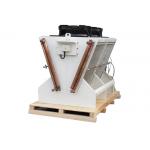
|
Closed Circuit System Hybrid Dry Cooler With Spray Water System |
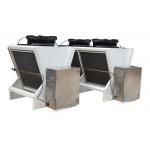
|
Closed Circuit System Free Cooling Fluid Cooler With Spray Water System |
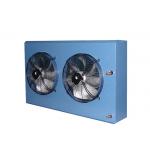
|
Ethylene Glycol Hybrid Dry Cooler Bitcone Mining Cooling System |
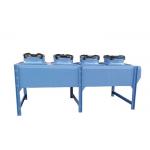
|
CE Floated Blockchain Miners Cooling System With Ziehl Abegg Axial Fans |
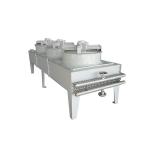
|
Wet Dry Adiabatic Hybrid Dry Cooler Ethylene Glycol Media |
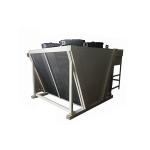
|
V Type Evaporative Cooling System For Blockchain Miners |

